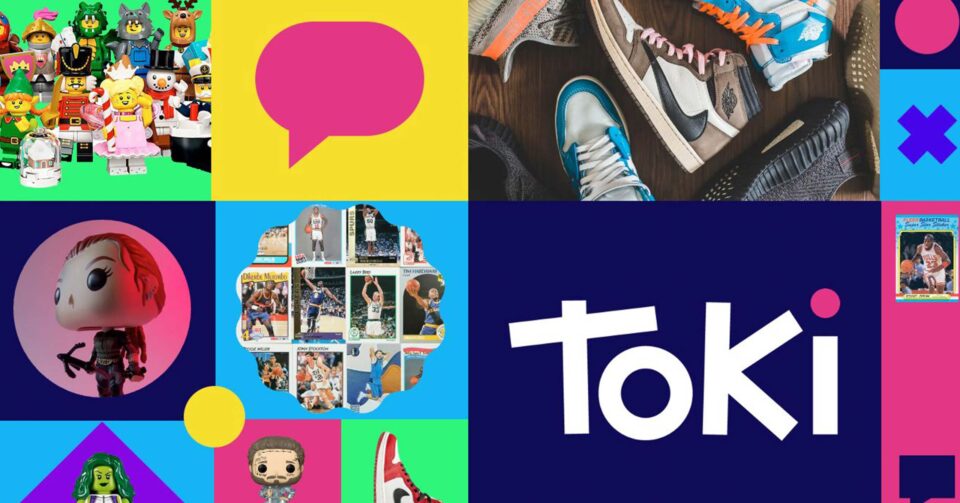This E-Wallet Has Taken Down Four Million Accounts Engaged in Fraud

In a move to combat digital fraud, the e-wallet has likewise blocked more than 100 websites that steal the GCash credentials of users.
While only 8.7% of digital transactions made in 2022 were suspected to be fraudulent, the threat of digital fraud and malicious transactions is still there. In fact, e-wallet giant GCash has revealed that it has taken down more than four million accounts engaged in malicious activities—particularly digital fraud.
According to G-Xchange President and CEO Oscar Reyes Jr., these fraudulent accounts were blocked in a span of 18 months, specifically from January 2022 to June 2023. “When we see transactions that are potentially fraudulent or risky, we are able to block them,” he said, per a report by the Philippine Star.
Websites That Steal GCash Credentials
It has also been revealed that GCash has blocked a total of 185 malicious websites so far this year. These websites—when opened—steal a user’s GCash credentials. “When it comes to outside of the app, there really are a lot of bad actors in the market who try to take advantage of consumers,” the G-Xchange President and CEO explained.
“They do a lot of social engineering,” he added. “They do a lot of stalking [and] phishing to get personal information from you.”
Protect Yourself from Digital Fraud
As more and more people learn to make digital transactions, learning how to keep yourself safe from digital fraud has become more important. This applies not just to buyers and customers but to businesses as well. This is because there can be both fraudulent customers and fraudulent businesses.
Keeping yourself safe from digital fraud is actually not complicated, as there are easy and practical steps you can take to do so. One of which is to enable multi-factor authentication in all your apps—most especially your e-wallets, email accounts, social media accounts, and banking apps.
Another simple way to protect yourself from digital fraud is by regularly changing your passwords. Keep in mind that you should make your passwords hard to crack by making sure it’s lengthy. Using upper and lowercase letters, numbers, and allowed symbols helps, too.






